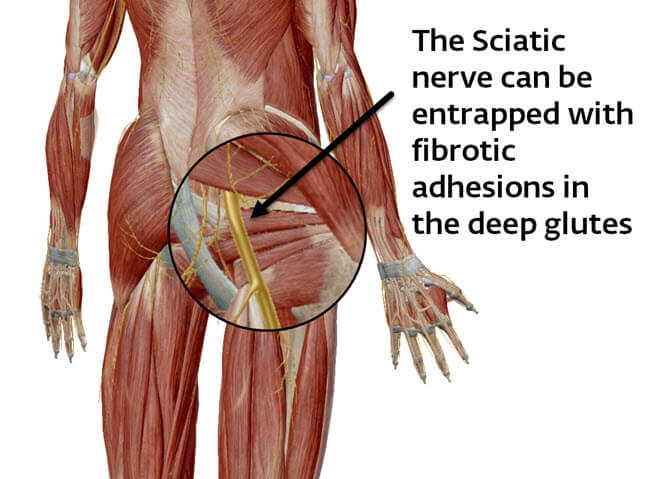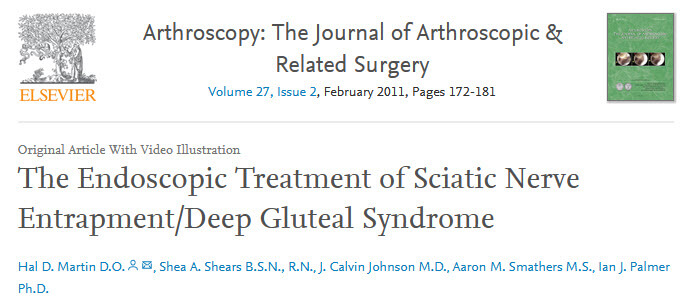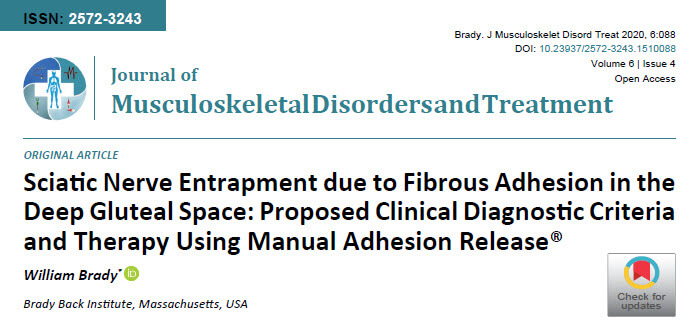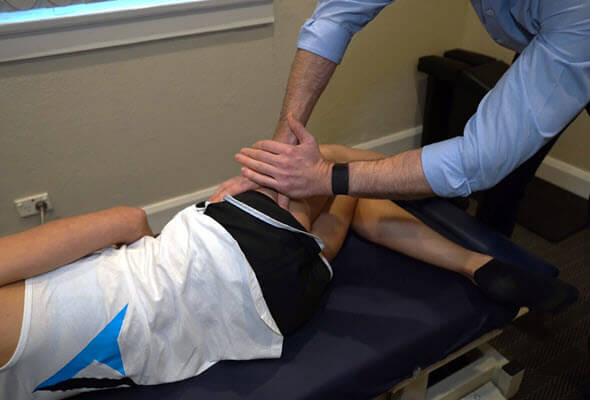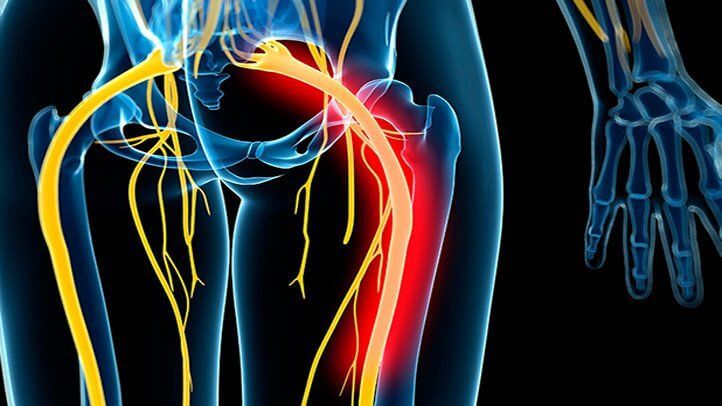
How do you treat Sciatica? Start with a thorough diagnosis.
“Sciatica” should not be considered as a robust diagnosis. At best, it is a label and only really describes a symptom set. When someone says they have sciatica, or “my sciatica has flared up again”, this usually means that they have pain or some form of discomfort that extends from the lower back region and into the leg. Typically there could be pain, tingling, numbness or burning that reaches as far as the toes.
But the term sciatica is very vague. It’s much like a syndrome or other poorly described condition in any other region of the body. Carpal Tunnel Syndrome, Thoracic Outlet Syndrome, Shoulder Impingement Syndrome, take your pick… A diagnosis of sciatica lacks clinical detail and only tells us that there are symptoms, likely to be in either one or both legs.
So before we even consider how to treat sciatica, we must have a robust diagnosis and understand what is causing the symptoms and what we are actually treating.
Not all sciatica is ‘true sciatica’
True sciatica is when there is central irritation of a nerve root in the lower back, usually from an advanced disc injury. When the nerve root in the lumbar spine becomes irritated or compressed, it produces symptoms that may include pain, burning, numbness, tingling, pins/needles and may progress to weakness in more severe cases.
The problem with assuming that all sciatica is ‘true sciatica’, is that there are also other tissues and pathologies that can produce similar symptoms. A common cause of sciatica that we see is due to Sciatic Nerve Entrapment, which may or may not involve any form of disc injury.
What is Sciatic Nerve Entrapment?
Sciatic Nerve Entrapment (SNE) is when the sciatic nerve loses its normal mobility and becomes adhered to the surrounding soft tissues. This is commonly caused by fibrotic adhesions that develop around the nerve and tether it to the surrounding muscles, most frequently occurring in the hip and hamstrings. When the nerve is entrapped and unable to move normally, it can produce sciatic-like symptoms.
Nerve entrapments are common within the human body, although may be often un-diagnosed and un-treated in conservative settings, which can result in misguided treatment. Entrapment of the sciatic nerve is not a new clinical entity as neurosurgeons have demonstrated, by performing surgical decompression to remove the fibrotic adhesions. This condition is referenced in the literature as “Deep Gluteal Syndrome”.
The clinical experience of our office suggests that SNE, particularly when occurring at the deep muscles of the hip, is a common pathology and can be a cause of sciatica symptoms, with or without the presence of a disc injury. This does therefore highlight the importance of a thorough diagnosis, as this condition should at least be excluded as a contributing factor in presentations with sciatic-like symptoms.
The common treatments for sciatica
Spinal Manipulation/Decompression
Injections
Muscle relaxants
Heat/Ice
Anti-inflammatories
Kinesio tape
Stretching
Foam rolling
Massage
Exercises
These interventions may provide some relief of symptoms, however none are likely to be effective at reducing SNE if it is present. SNE is a physical pathology where the sciatic nerve is adhered to the surrounding tissues, therefore requiring a physical solution that actually reduces the fibrotic adhesions and releases the nerve.
What can we do about it?
If you are experiencing sciatica, or sciatic-like symptoms, it is critical to obtain a diagnosis that is specific to the tissues that are involved in the problem. A thorough diagnosis is reached by understanding the full detailed history of the problem and then conducting a comprehensive clinical examination to include or exclude the likely pathologies. In some cases, further investigation may be required, such as diagnostic imaging (MRI).
In our office, if we suspect that Sciatic Nerve Entrapment may be a feature of a new patient presentation, we will investigate it further through clinical examination and if present, we use conservative techniques to reduce the fibrotic adhesions. This approach is supported by current research, where a 2020 study demonstrated that non-surgical reduction of SNE at the deep gluteal space provided 67% sustained pain relief when compared to other treatments, in patients that had experienced pain for an average of two years.
Final thoughts
“Sciatica” should not be used in the context of a robust clinical diagnosis. It is a label that describes a symptom set and is a starting point for further investigation and appropriate management.
While this article has highlighted the importance of considering Sciatic Nerve Entrapment in cases of sciatica, it is critical to note that this entity is not the only cause of the symptom set and may be just one of several contributing factors, or may not be present at all.
As a patient, you should expect a detailed history-taking process followed by a comprehensive physical examination, where the findings are explained to you in a way that makes sense. If you are experiencing sciatic-like symptoms then it is worth your time to ask your provider if they have at least considered if SNE may be involved.
Dr. Christopher Aysom, Principal Clinician
BChiroSc, MChiro (Chiropractor)
Apex Soft Tissue & Spine
Pymble, NSW, Australia
https://apexsofttissue.com.au

